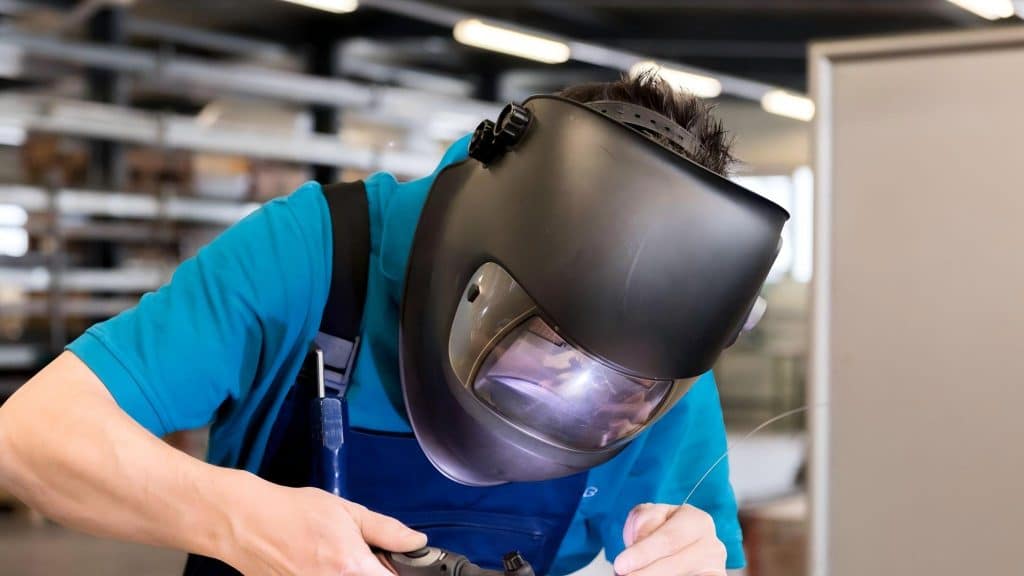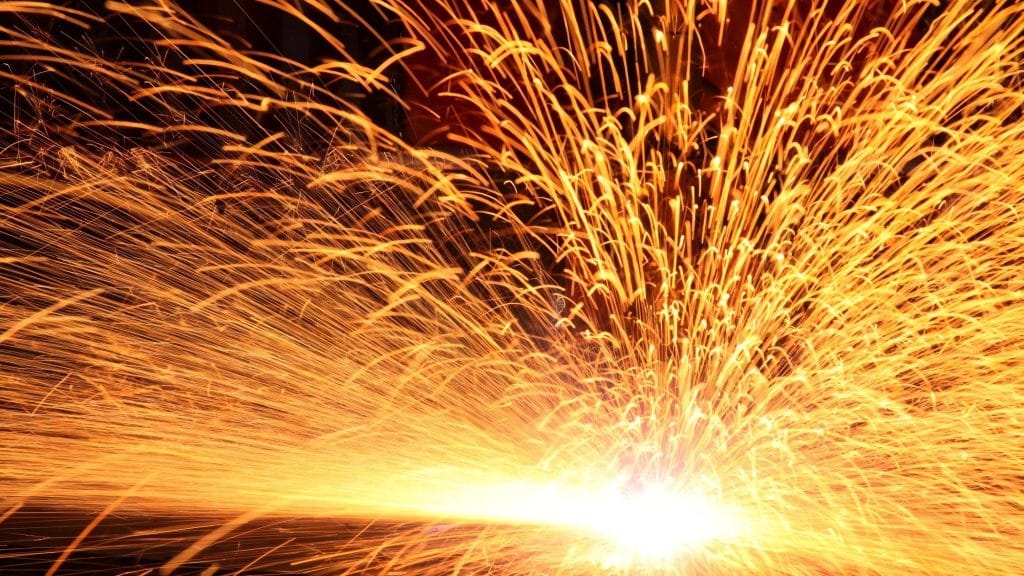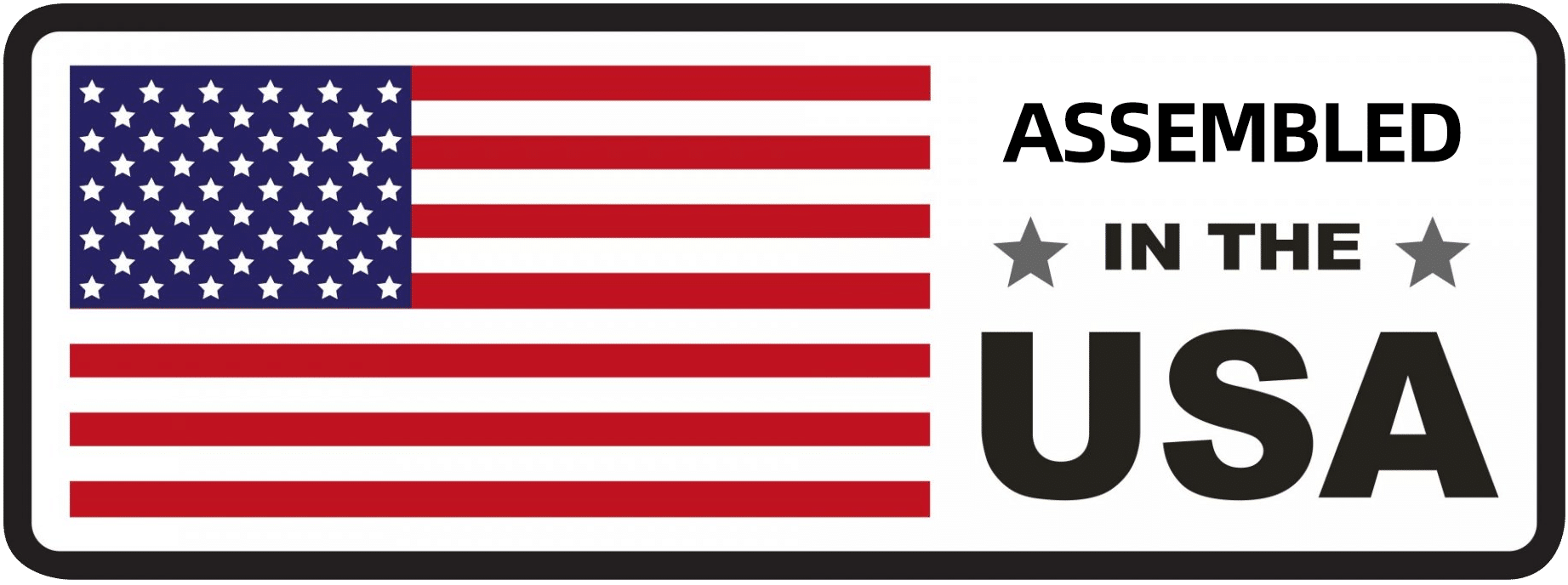
Laser welding is a well-known, half-century-old technology known for its impressive welding speed and accuracy. It uses a focused light beam targeting a precise spot (around 50 to 900 microns), which makes it ideal for fusing delicate workpieces.
However, laser welding has some downsides. For instance, it has a sky-high initial investment cost and requires intensive security measures to operate.
In this article, we provide a thorough discussion of the advantages and disadvantages of laser welding.
Advantages of Laser Welding
Listed below are some of the well-known laser welding advantages that can positively impact your production.
High Precision and Control
A laser welder generates an ultra-concentrated light beam on the workpiece’s cavity. This beam hits a small area, which is typically less than 0.05 inches in diameter.
To maintain this precision, most machines come with a control system that adjusts beam size and intensity. This enables flawless fusion of thin and delicate components and avoids material distortion and damage.
Laser welding’s high precision and control make it ideal for industries that require utmost material integrity. For example, laser-welded medical and surgical equipment exhibits minimal metallurgical defects and contaminants. This ensures their safety and reliability in critical medical applications. Similarly, laser-welded electronic components (which are often thin and fragile) are fused securely while maintaining the performance of these delicate parts.
The quality of the machine is essential to ensure ultra-precision in laser welding. For instance, Denaliweld Jet 2000/3000 features an advanced control system to produce a smooth, accurate, and strong output curve. This system lets users utilize preset or customizable laser parameters to help them achieve their desired precision level. It also uses a patented CUAL Mosaic Laser Source that supports uninterrupted, optimal, and precise performance across a wide temperature range of 10℉ to 110℉ (-10℃ to 45℃ )under various manufacturing conditions.
Minimal Heat-Affected Zone (HAZ)
In welding, the heat-affected zone (HAZ) pertains to the weld’s surrounding area affected by extreme heat but not melted. The smaller the HAZ is, the better, because it preserves the inherent metallurgical properties of the surrounding parent metal.
Laser welding’s HAZ is typically minimized for two reasons. First, the concentrated laser beam is applied precisely to a specific spot. Second, its heat input is relatively lower than in MIG and TIG, which prevents the spread of heat to the surrounding area.
Most laser welding machines, such as the Denaliweld Air-Cooled Laser Welding Machine, are engineered to generate small HAZ. It features an intuitive laser control system that regulates laser output and sets the temperature at safe ranges. And for continuous optimized operation in extreme environments, the machine has an independent air-cooled design that effectively regulates the temperature of the machine’s components. So, even with high output power, this machine maintains a minimal HAZ that limits risk of material thermal distortion.
High-Speed Welding
Laser welding is up to 10 times faster than TIG, which translates to significant boost in the manufacturer’s productivity and efficiency.
Consider Denaliweld Water-Cooled Laser Welding Machine. This machine supports up to 4000W of continuous laser output for rapid and consistent welding in high-volume production lines. With its efficient, modular-designed water-cooling system, this laser welding machine can work fast even in intense environments (up to 110℉ / 45 degrees Celsius) with minimal downtime.
Laser welding is up to 10 times faster than TIG, which translates to significant boost in the manufacturer’s productivity and efficiency.
Consider Denaliweld Water-Cooled Laser Welding Machine. This machine supports up to 4000W of continuous laser output for rapid and consistent welding in high-volume production lines. With its efficient, modular-designed water-cooling system, this laser welding machine can work fast even in intense environments (up to 110℉ / 45 degrees Celsius) with minimal downtime.
Automation and Integration
Most laser welding machines come with automation features for seamless integration in automated production lines. For instance, the Denaliweld Cobot Series features laser welding machines with seamless robotic arm integration with modular plug-and-play design. This machine can work side-by-side with the firm’s automated system in the welding of complex workpieces such as those with intricate geometries or delicate surfaces.
Disadvantages of Laser Welding
It is crucial to understand some of laser welding’s downsides to see whether your business will benefit from it or not.
High Initial Investment
Entry-level laser welding machines (of about 1 KW power) can cost around $3,000 to $10,000. This is equivalent to about one to two monthly median income of most small and medium-sized enterprises. This high upfront cost is one of the major reasons why some manufacturers are still stuck with older and inefficient methods like MIG and TIG.
Sensitivity to Joint Fit-Up
Laser welding requires perfect joint alignment to ensure that the light’s heat and energy are applied evenly to the workpieces. Misalignments or gaps can cause weld defects or thermal distortion.
Hence, the operator must be meticulous when it comes to joint fit-up to prevent misalignments. They might need to perform thorough visual inspections prior to laser application or use fixtures or jigs to hold the components tightly during welding.
Limited Thickness Penetration
Although laser welding delivers impressive output power and welding speed, it may not penetrate deeply into thick materials due to its minimal HAZ. And since laser welding is often applied quickly, there may not be sufficient time for the beam to penetrate adequately.
The operator may need to tame down the power and speed to enable gradual penetration of the laser beam into a thick material.
Safety Concerns
Without observing correct safety precautions, laser welding can be a highly dangerous endeavor. Skin contact with the beam will certainly cause serious burns and injuries. Meanwhile, working without protective goggles increases your risk of eye trauma.
The working area must be well-ventilated as well to avoid inhalation of dangerous fumes and vaporized particles that can cause respiratory issues.
Applications of Laser Welding

Many industries weighed the pros and cons of laser welding and applied this technology wisely in their recent innovations.
- Automotive Industry: Precise fusion of vehicle body panels such as doors, trunks, and hoods, as well as engine parts like mufflers and pipes.
- Aerospace Sector: Join aircraft/spacecraft structural components, including fuselage, wing parts, tail structures, and turbine blades.
- Medical Device Manufacturing: Production of sterile and reliable medical, surgical, and diagnostic equipment.
- Electronics: Micro-fusion of delicate electronic components of circuit boards, sensors, and batteries.
Is Laser Welding a Perfect Fit for Your Business?
If your business is looking for reliable ways to streamline production and boost output volume, laser welding is an excellent solution. Despite its drawbacks, such as high initial cost and stringent safety requirements, its unmatched speed and precision result in higher-quality welds that can improve your product quality.
Denaliweld is a leading manufacturer of world-class laser welding solutions across the globe. We produce laser welding machines with innovative control systems and efficient power sources for optimal performance and minimal downtime. It is our vision to deliver cutting-edge proprietary technology that dominates the laser welding industry and brings a positive impact to any business venture.



